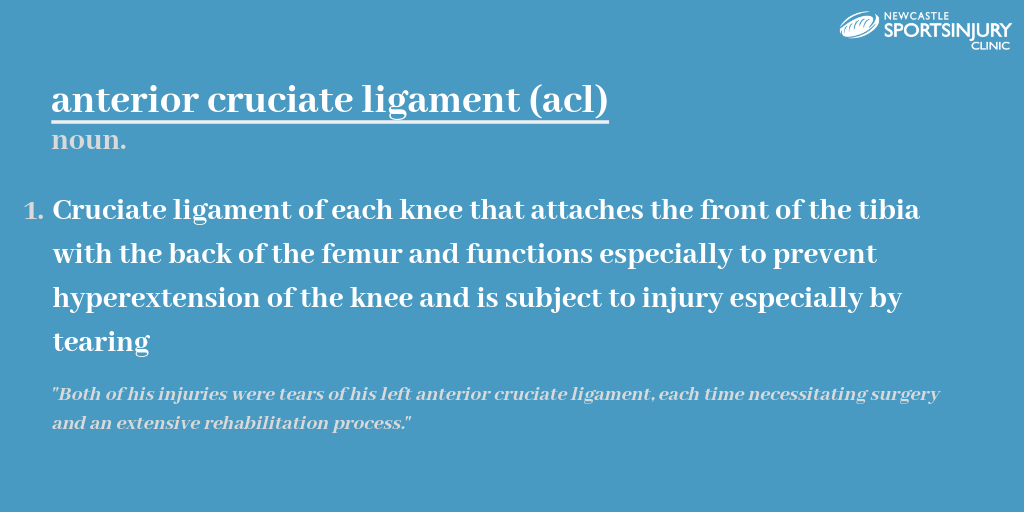

Pain: Your pain level is a key determinant in whether or not surgery is needed. If you don’t need to return to such movements, the joint can often be stabilized and strengthened with proper physical therapy. Return to activities: If you must return to sports or other activities that require pivoting or sharp movements, ACL reconstruction surgery is usually recommended. If your knee is stable, nonsurgical options may suffice. If your knee is unstable, surgery is usually recommended. Drew determines the need for surgery based on the level of instability in your knee. The first line of treatment for an ACL injury immediately after the injury occurs should include rest, ice, compression, and elevation. If you’ve suffered a grade 3 ACL sprain, you likely experienced severe pain and instability in the knee. A complete ACL tear is extremely damaging to the knee and almost always requires surgery, plus a long recovery period. Partial, or grade 2, ACL tears are actually the least common of the three types of ACL tears.Ī grade 3 ACL sprain is a complete tear.

If you have a grade two sprain, your ligament is damaged and you’ll likely experiences some instability. If your knee is still stable, you likely have a grade 1 injury and may not need surgery.Ī grade 2 ACL sprain is a partial tear. A grade 1 ACL sprain occurs when your ACL is overstretched, but not torn. While complete ACL tears almost always require surgery, partial ACL tears may be treated effectively with nonsurgical methods.ĪCL tears are graded by severity and are called sprains (a sprain is a stretch or tear in a ligament).

It helps to know what’s really going on inside your knee. The good news is that not all ACL injuries require surgery. If you’ve injured your ACL, you may be worried that you need surgery.


 0 kommentar(er)
0 kommentar(er)
